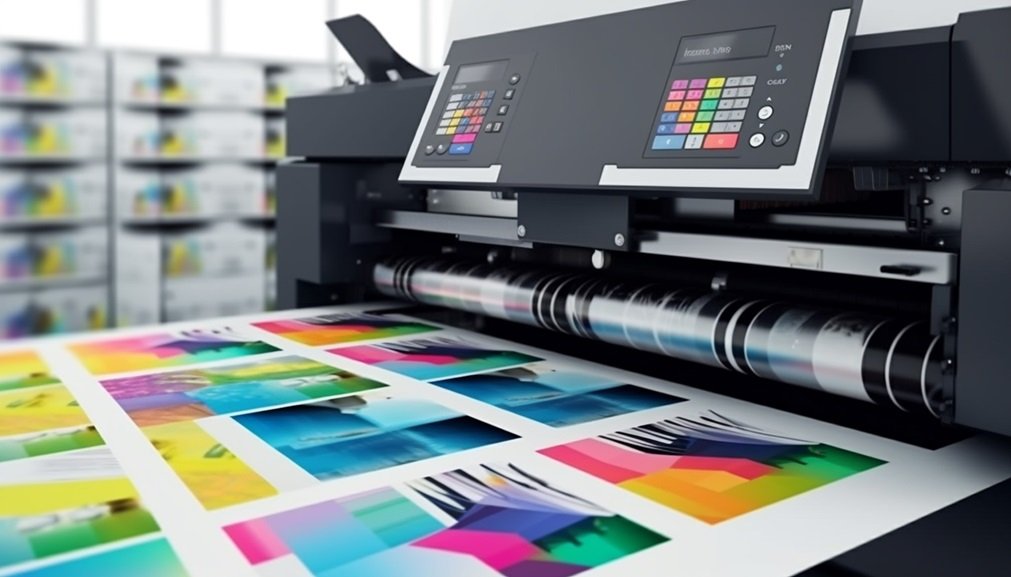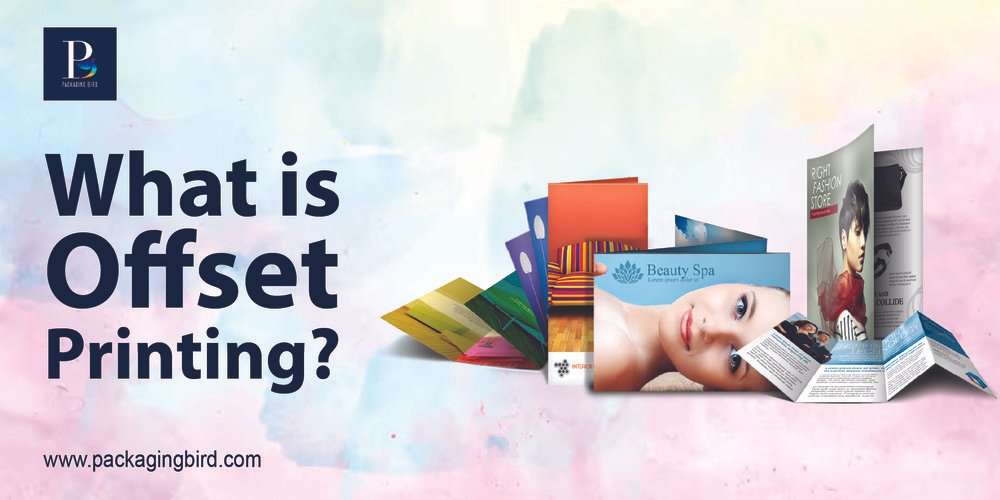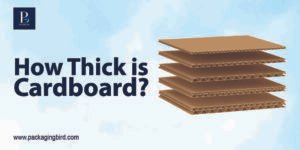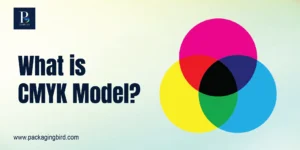When it comes to high-quality printing that’s consistent, cost-effective, and versatile, few methods can compete with offset printing. From books and magazines to packaging and marketing materials, offset printing has been the backbone of the printing industry for decades. But with the rise of digital printing, many businesses are asking the same questions: What makes this printing technique special? How does it work? And more importantly, is it still the best choice today?
This blog will break down everything you need to know about offset printing services, the underlying process, and how it compares to digital alternatives. By the end, you’ll understand why this method continues to be a go-to solution for businesses worldwide.
What is Offset Printing?

In simple terms, offset printing is a technique where inked images are transferred (or “offset”) from a plate to a rubber blanket, and then onto the printing surface—usually paper, cardboard, or packaging material. This indirect transfer is what makes offset prints sharp, consistent, and durable.
An offset printing machine uses plates for each ink color, typically following the CMYK model (Cyan, Magenta, Yellow, Black). This allows for vibrant and precise results, perfect for large-scale printing projects where consistency is critical.
The Offset Printing Process
The printing process for this technique starts with creating plates for each color. These plates are mounted on the press, inked, and then pressed onto rubber blankets. From there, the design is transferred onto the chosen substrate.
Key steps include:
- Plate preparation – one for each color.
- Inking – applying ink to the plate.
- Offset transfer – ink is moved to the blanket and then onto the material.
- Finishing – coatings, lamination, or other enhancements may be added.
This method ensures precision, making it especially effective for packaging, catalogs, newspapers, and branding materials.
Read More: How does Offset Printing Work
What is Offset Printing Used For?
The answer: virtually everything. From magazines and brochures to luxury packaging and stationery, offset printing is ideal for high-volume projects. Its sharpness and durability make it the preferred choice for professional-grade materials where quality cannot be compromised.
What is Offset Printing vs Digital Printing?
Here’s the difference:
- Offset Printing: Best for high-volume projects, offering consistent quality, sharper detail, and lower costs per unit at scale.
- Digital Printing: Ideal for small runs, fast turnaround, and projects that require frequent customization.
In short, if you’re printing thousands of packaging boxes or magazines, offset is the winner. For quick, personalized prints in small quantities, digital takes the lead.
What is Dry Offset Printing?
Another variation of this printing technique is dry offset printing. Unlike traditional offset, this method transfers ink directly from the plate to the substrate without the use of water. It’s widely used for printing on 3D surfaces like plastic cups, cans, or containers, making it highly practical in the food and beverage industry.
Benefits of Offset Printing Services
Investing in professional offset printing services comes with several advantages:
- Unmatched Quality – Crisp details and sharp imagery.
- Cost-Effective for Large Runs – Lower per-unit costs at higher volumes.
- Versatility – Works on various materials like paper, cardboard, and plastics.
- Durability – Colors last longer compared to digital alternatives.
Final Word
Offset printing is more than just a traditional technique—it’s a reliable, cost-effective, and high-quality solution that continues to power industries worldwide. This method offers unmatched value for businesses that prioritize quality. At Packaging Bird, we specialize in bringing your brand vision to life with top-tier printing and packaging solutions. From vibrant prints to custom packaging, our printing services ensure your products stand out with excellence and professionalism. Contact us today and let’s make your brand unforgettable.
FAQs
1: What is offset printing best used for?
It is ideal for high-volume jobs like packaging, books, and marketing materials that need consistent quality.
2: Is offset printing better than digital printing?
For large runs, yes—offset printing ensures lower costs and sharper detail, while digital suits smaller, customized batches.
3: How long does the offset printing process take?
It depends on the project size, but setup takes longer than digital. However, once running, it’s fast and efficient.
4: What is dry offset printing commonly used for?
Dry offset is mainly used to print on 3D objects like cups, bottles, and cans.
5: Can offset printing handle packaging projects?
Absolutely. This technique is widely used for product packaging, from boxes to labels.












